So, just to be clear, chlorophyll powers photosynthesis. Chlorophyll is found in chloroplasts and chloroplasts are found only in plants. Well, not so fast. Nature is always surprising us.
A Fascinating sea slug
May I present the sea-slug ,Elysia viridis.
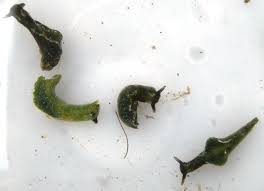
Their green color is really due to chlorophyll located within their chloroplast. Elysia viridis are tiny gastropod molluscs from the family Plakobranchida . Elysia is from the Greek and is derived from the Elysian Fields where the souls of fallen heroes go. Viridis means “green” in Latin.
They can reach a length of one inch, have wing-like flaps along the sides and rhinophores. These latter organs are worm-like structures located on the head for detecting chemicals – think scents – dissolved in the seawater. This word is derived from the Greek with rhino meaning “nose” and phore meaning carrier.
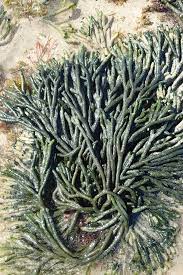
However, Elysia viridis do not produce their own chloroplasts as plants do. Instead, their chloroplasts are derived whole from munching on the green alga, Codium fragile descriptively named Green Sea Fingers. This alga is in the Order Bryopsidales and is siphonuos meaning that they are essentially large assemblages comprising a single giant cell. Nuclear division does occur but no new cell walls are grown around them.
This phenomenon whereby all members of the genus Elysia ingest and maintain viable plastids, including chloroplasts, is called kleptoplasty or kleptoplastidy. The Greek root klepto means “thief” whose root is familiar to us from the English word kleptomania.
Once ingested, these plastids do not last forever although they are functional and provide the slug with photosynthetic sugars. The longest relationship, eight months and counting, was shown in Elysia chlorotica found along the east coast of the United States where it nibbles on the alga Vaucheria litorea.
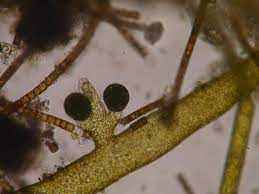
Vertebrate-Algae Connection
Dr. Howard Neufeld brought to my attention another such oddity, this time from the world of vertebrates. In this case, the eggs of the spotted salamander Ambystoma maculatum contain the algae Oophila amblystomatis. The eggs benefit both from the carbohydrates produced by the algae and used as nutrients and by the oxygen produced which is necessary for respiration. Nitrogenous waste from the salamander embryos is utilized by the algae as fertilizer and the CO2 is then used for photosynthesis. Both sides benefit. The algae grows better in the presence of embryo and the eggs have lower mortality, earlier hatching times and faster growth.
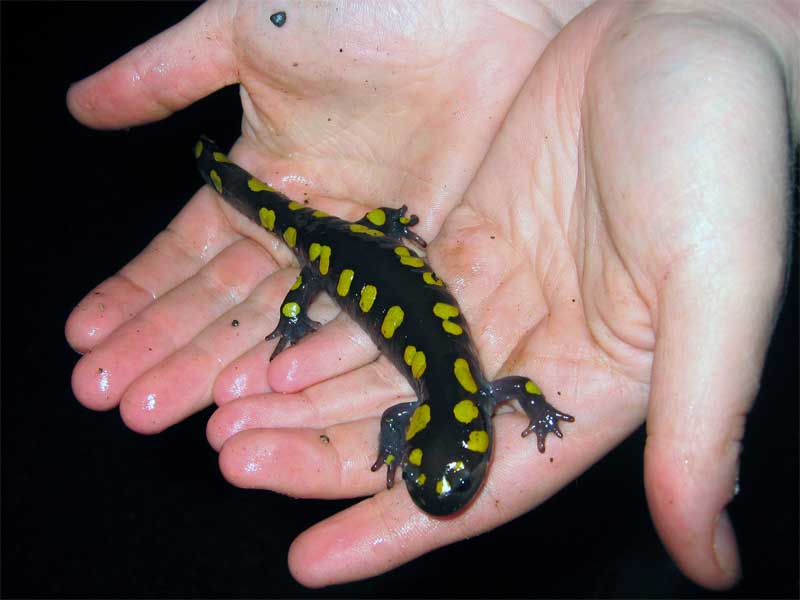
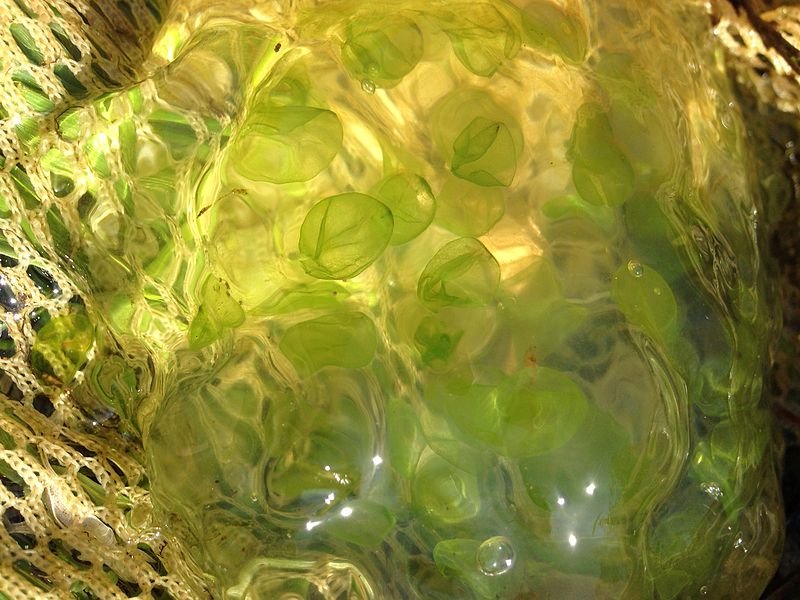
Ghost Trees
Occasionally , a thriving plant has white leaves. How is that even possible? White leaves, no chlorophyll. No chlorophyll, no photosynthesis. Death!
Once again, things are not so simple.
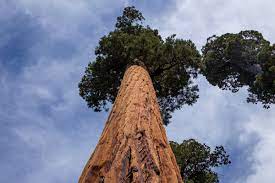
Humboldt Redwoods State Park of California has 23,600 acres of old-growth forests. In that area it contains 17,000acres of old-growth redwoods- Sequoia sempervirens. These are huge trees, amongst the tallest in the world, one reaching 379 feet. Some of them are albino.
It turns out that the roots of the albino trees are intertwined with the roots of normal photosynthetic redwoods. The normal trees, which do carry out photosynthesis, share carbohydrates via these root connections with the albinos. In some sense, the white trees are parasites on the normal ones. Apparently, sap exchange is a common phenomenon among redwoods as well as other forest trees.
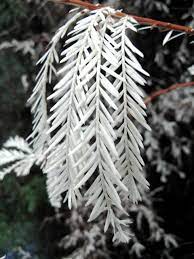
A Giant Amongst Men

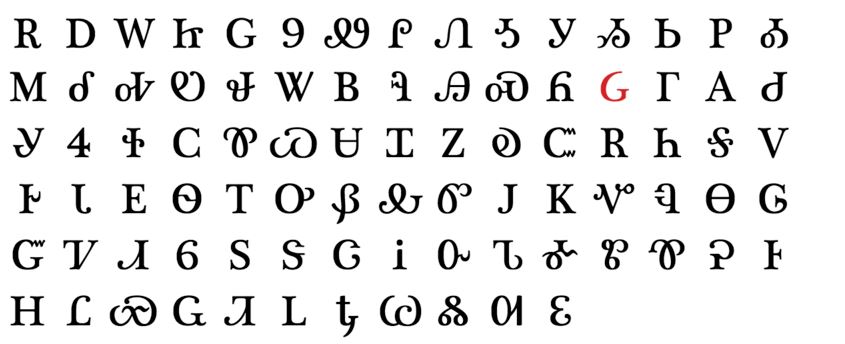
I would like to add that the person for whom these trees were named was an intellectual giant. Sequoia / Sequoyah (c. 1770–1843) was a Cherokee Indian who realized that reading and writing were necessary accoutrements of modern life. He developed a syllabary – symbols representing sounds not just letters)- of the Cherokee Language. Within a few years, most of the tribe was literate. There is some speculation that this groundbreaking work led eventually to the development of 21 additional writing systems applied to 65 languages.
Check out my book, A Habit of Seeing: Journeys in Natural Science.
Available on Amazon

Good thoughts to keep you thinking in these cold moments!